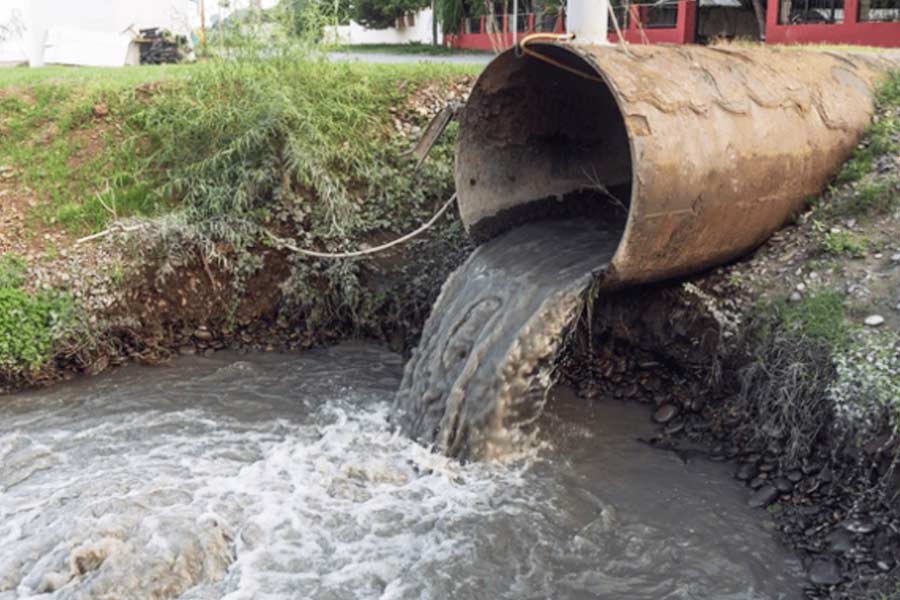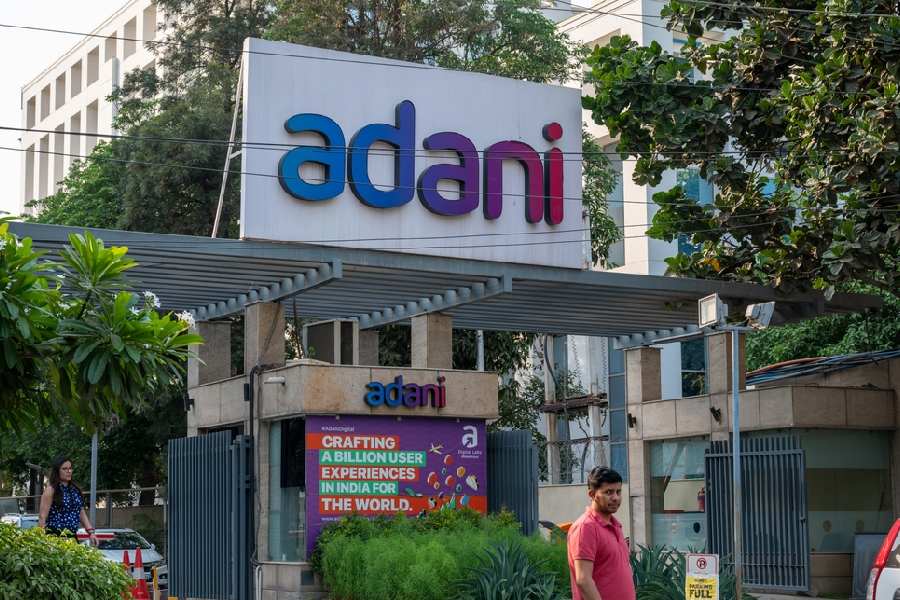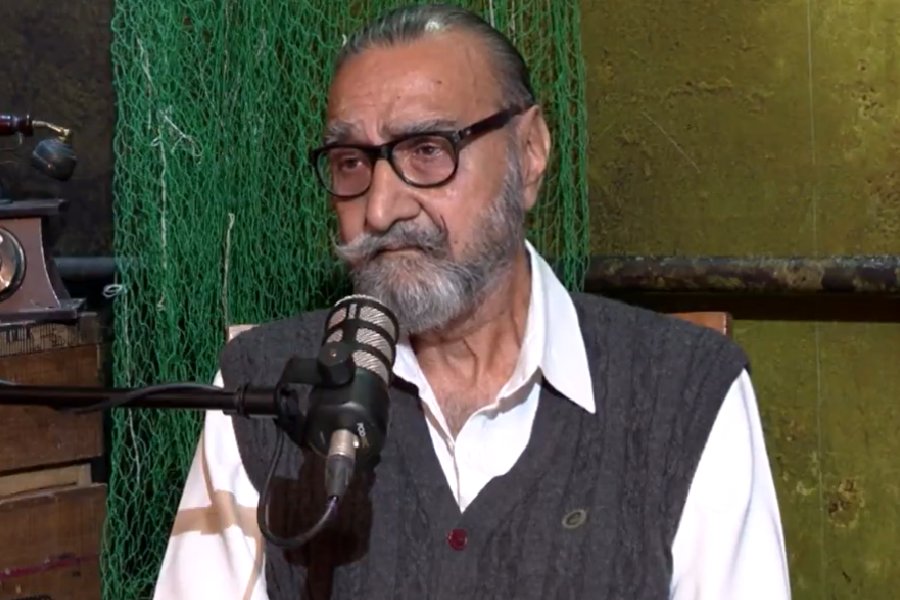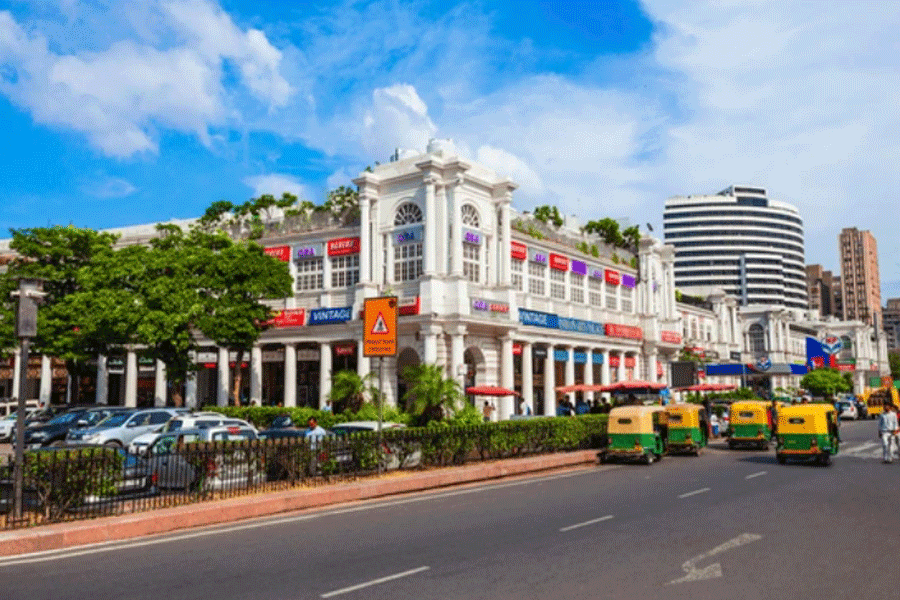Digambarpur village in West Bengal’s South 24 Parganas has set new rural sanitation and water management standards with the launch of a faecal sludge treatment plant (FSTP) and a piped water scheme that ensure safer sanitation and cleaner water to over 20,000 residents.
Backed by a global NGO Water for People with active support from the state government and local panchayat, the project has also introduced climate-resilient water points in flood-prone areas, ensuring every household gets safe drinking water year-round.
The gram panchayat, located around 100km from Kolkata, earned the distinction of Model Village under the Swachh Bharat Mission in 2017 and continues to hold this recognition.
"The FSTP, launched in November last year to ensure safe management of faecal sludge at both the household and public institution levels, is managed by the gram panchayat," Rabindranath Bera, pradhan of Digambarpur gram panchayat, told PTI.
"Our team visits households to collect waste materials, and the faecal sludge treatment plant processes them. The solid waste is converted into vermicomposting fertiliser, while the liquid portion is treated and used for agricultural spraying," Bera explained.
The plant, commissioned with guidance from Jadavpur University, has the capacity to produce 6-10 quintals of vermicomposting fertiliser per day, said Samrat Gupta, an expert on the project.
For septic tank cleaning and organic waste collection, each household pays Rs 1,000 for the first cleaning. This fee is reduced to Rs 500 for subsequent visits by the waste collection team.
"Collecting faecal waste from all households at once is not feasible. It is a continuous process, and we hope the project gains popularity. We have already stopped open defecation, eliminated waste dumping in public spaces, and are ensuring a clean, green environment in our area," Bera added.
The site also houses plastic waste management and vegetable waste management facilities. The plastic waste facility contributes to bituminous road construction and maintenance, while the vegetable waste plant produces compost using earthworms.
"In 2007, we began installing hand pumps because using pond water—especially by women—led to outbreaks of skin and enteric diseases. However, people, particularly women, found it inconvenient to fetch water from pumps located far from their homes. To address this and prevent contamination, we transitioned to a piped water supply system," Bera said.
Since 2016, piped water has been supplied to 443 households, transforming lives in the area. A village water sanitation committee, comprising local residents, manages the system.
Amalesh Samanta, a local farmer, donated 10 cottahs of land to set up a water tank—one of the few in a gram panchayat area under the Jalbandhu project. The tank includes a metered tap system.
"When they approached me with the proposal, I immediately agreed. I was also trained to operate the pump, which gave me employment," Samanta shared.
"Instead of viewing locals as mere beneficiaries, we consider them stakeholders in every initiative. This ensures active participation in maintaining these services," the panchayat head emphasised.
Basanta Bera, an 80-year-old villager, highlighted the impact of the piped water project. "It has reduced diseases in our family and allows us to access clean water at home without contamination." His wife Malati added, "We no longer have to bathe in the open at a nearby waterbody or walk long distances to fetch water." The facility also integrates solar power, with 30 solar panels installed on-site. These panels partly power the piped drinking water system, with excess electricity fed into the grid.
Additionally, the project has generated employment. An ITI diploma holder from the area oversees maintenance, while two locals—including the land donor—work as operators in different shifts.
Mark Duey, CEO of Water for People, recently visited the facilities.
"In partnership with district governments, we established a technical support unit with embedded staff to assist government flagship programmes like Jal Jeevan Mission. The unit supports departments in community engagement, program management, capacity building, and training of state, district, and local-level officials. Our goal is to provide firsthand exposure to Water for People’s impactful initiatives in water access, sanitation, and climate resilience while working closely with local stakeholders and beneficiaries," he said.
The organisation actively operates in five blocks—Patharpratima, Gosaba, Namkhana, Kakdwip, and Sagar—focusing on water and sanitation initiatives alongside water resource management.
Except for the headline, this story has not been edited by The Telegraph Online staff and has been published from a syndicated feed.











